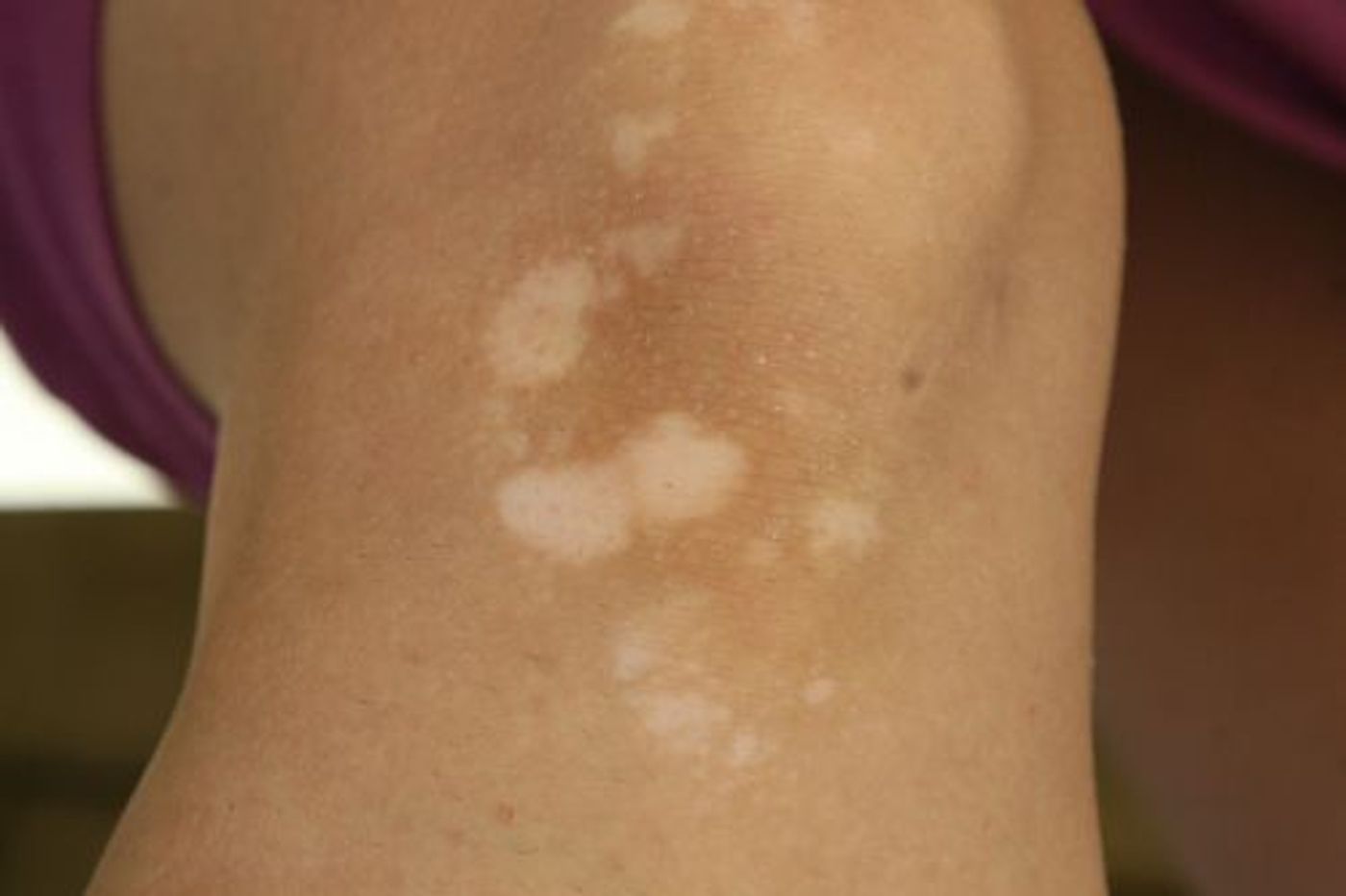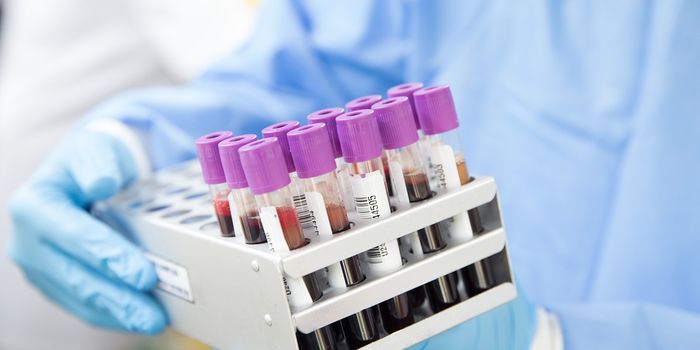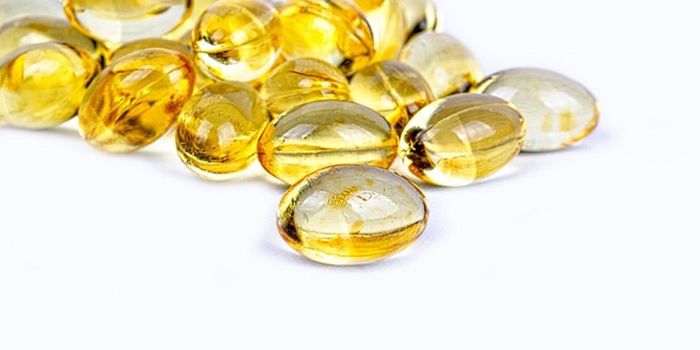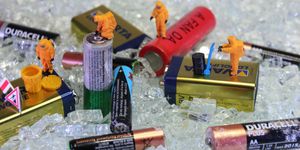Tinea Versicolor, Diagnosis And Treatment
Tinea Versicolor (TV) is a fungal infection of the skin. Also called Pityriasis Versicolor, the condition is common, especially in tropical climates. The disease causes discoloration by interfering with the normal pigmentation of the skin.
Although the fungus that causes this discoloration can be found on healthy skin, it only creates a problem if it begins to overgrow. This can be triggered by several factors including oily skin, hormonal changes, a weakened immune system, or climate. Some people have careers that expose them to ideal conditions for the causative Malassezia Furfur fungi to thrive.
Most people present with the chief complaint of lighter or darker patches on the trunk. Sometimes these patches get inflamed and have a pinkish appearance. Though most common on the torso, they can appear anywhere on the body.
Some patients experience mild itching associated with the infection, but it is generally not painful.
Sun exposure may make the discoloration worse. Antifungal lotions can be purchased over-the-counter to fight the condition. Unfortunately, even after successful treatment, discoloration may remain for weeks or months. The condition is also likely to recur.
Those who are attempting self-treatment are advised to purchase an over the counter shampoo or cream, apply it in the shower and wait for 5-10 minutes before rinsing. Over the counter, options include products containing miconazole cream, selenium sulfide lotion, terbinafine cream or gel, zinc pyrithione or clotrimazole lotion.
To diagnose the condition, a doctor will examine the skin. This can be done with the naked eye or with the use of a wood’s lamp. If a wood’s lamp is used, the afflicted skin will appear fluorescent. Most times, the disease can be diagnosed simply by looking at it. The doctor may also take skin scrapings to view under a microscope, looking for the Malassezia Furfur fungi.
In severe cases where over-the-counter antifungals don’t work, medications may be prescribed. Often these are topical preparations in the form of a cream, gel, or shampoo. Oral solutions, like tablets or liquids, may also be prescribed, but these are less common.
If the infection is persistent in its return, patients may need to take medications twice a month, every two weeks, to prevent reinfection. It is also recommended to avoid the sun and artificial tanning sources during treatment so that the discoloration is not as apparent as it clears.
The above video, featuring dermatologist Dr. Dray, answers some questions about TV causes, symptoms and diagnosis.
Sources: American Academy of Dermatology, Dr. Dray










